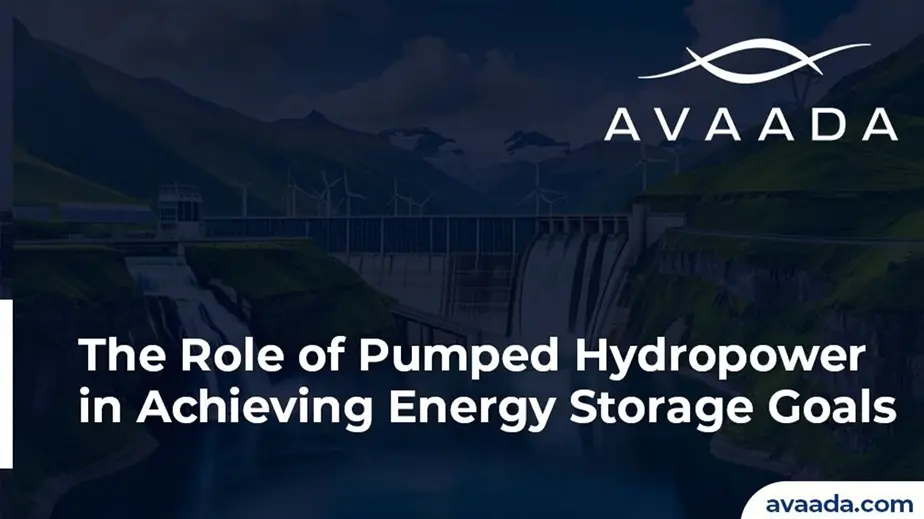India, being one of the fastest-growing economies, is experiencing a growing demand for electricity. The northern and western parts of the country, which have key industrial and agricultural belts, are often plagued by power shortages because of excessive consumption, transmission losses, and dependence on conventional power generation. Renewable energy provides a long-term and sustainable alternative to fill the gap between supply and demand.
This blog explores how renewable energy can overcome power deficits.
Challenges Faced by Northern & Western India's Power Industry
Northern and western India experience a number of challenges in power supply:
- Excessive Power Demand: Urbanization and industrialization have resulted in skyrocketing electricity demand in cities such as Mumbai, Delhi, and Ahmedabad.
- Grid Failures: Owing to aging power infrastructure and heavy load, the power grid repeatedly fails and is inefficient.
- Seasonal Disruptions: Terrible summers translate into heavy usage of power for cooling purposes, while monsoons cause interruptions in coal supply to thermal power plants.
- Dependence on Fossil Fuels: In spite of India’s renewable energy drive, coal-based power continues to control the energy mix, resulting in environmental impacts and supply risks.
To address these challenges, Indian renewable energy firms are emphasizing the expansion of their projects and enhancing accessibility.
Explore how our renewable projects are driving sustainable energy solutions across various industries.
The Role of Renewable Energy in Solving Power Shortages
1. Solar Energy: India’s geographical location offers sufficient sunlight, and solar power is a consistent substitute for traditional energy resources. Solar farms in Maharashtra, Gujarat, and Rajasthan are contributing substantially to the reduction in coal dependency.
Avaada group has secured more than 1.4 GWp of solar energy projects in northern and western India, specifically Gujarat and Rajasthan, through SECI tenders, GUVNL tenders, and NTPC tenders. The projects will produce about 2.41 billion units of renewable power annually, sufficient to supply 1.72 million rural homes.
Avaada’s operating capacity is 5 GW. Some of the prominent operational projects in northern and western India are Bikaner (1,247 MW), Bhadla (449 MW) in Rajasthan, Surendranagar (420.6 MW) in Gujarat, Sirsa (50 MW) in Haryana , and many more.
Discover the top 10 states in India leading the way in solar installation capacity, contributing significantly to the country’s renewable energy growth.
2. Wind Energy: The western states, especially Gujarat and Maharashtra, possess good wind corridors that can accommodate high-efficiency wind farms. Avaada Group announced plans to build 6,000 MW (6 GW) hybrid wind and solar energy projects in Gujarat.
The company has planned to invest ₹40,000 crore ($4.8 billion) in the projects, which will be mostly based in Kutch’s undeveloped wastelands. The projects will produce 17.5 billion units of green electricity, offsetting 16.3 million tons of carbon emissions annually and powering almost 12.6 million households.
To learn more about how much power a wind turbine produces per rotation, check out our detailed blog.
3. Hydropower & Biomass Energy: Low-head hydropower plants in Rajasthan, Himachal Pradesh, and Uttarakhand are proving to be crucial in load shedding reduction. Avaada Group announced a 1.2 GW pumped storage hydropower project in the Sirohi district of Rajasthan, with an investment of INR 5,800 crore. This project is part of a larger INR 1 lakh crore commitment to renewable energy in the state
4. Energy Storage & Smart Grids: One of the greatest challenges associated with renewable energy is intermittency. Firms are now committing capital to energy storage technologies and intelligent grid innovations to provide a stable power supply.
Avaada Group is developing 2,750 MW of pumped storage projects in Maharashtra, including the 1,500 MW Pawana Falyan PSP and 1,250 MW Kumbhavade PSP, with an investment of ₹14,000 crore.
Avaada Group: Championing the Switch to Renewable Energy
One of India’s leading renewable energy firms, Avaada Group, is leading the charge to address power shortages through sustainable means. Avaada Group’s primary areas of focus are:
- Large-scale solar power generation.
- Wind energy
- Energy storage innovation.
- Smart grid solutions for optimizing power distribution.
Government Initiatives Favoring Renewable Energy Growth
The Indian government has introduced several initiatives and incentives to drive growth in renewable energy:
- Renewable Energy Target: India aims at achieving 500 GW non-fossil fuel capacity by 2030.
- PLI Scheme for Solar Manufacturing: Incentivizes domestic solar module and panel production.
- Green Energy Open Access Policy: Enables customers to purchase green energy from any source of renewable energy.
- Faster Approval for Renewable Projects: Streamlined clearance procedures to expedite project development.
Conclusion
While power shortages remain a strain on northern and western India, India’s renewable energy firms are rising to the challenge. Solar, wind, and biomass energy, along with energy storage technologies, are providing a sustainable and reliable solution. Avaada Group is spearheading the process, making India’s future green and robust. Government support and technology will make the shift to renewable energy, make India achieve energy security, and curb its dependence on fossil fuel.









